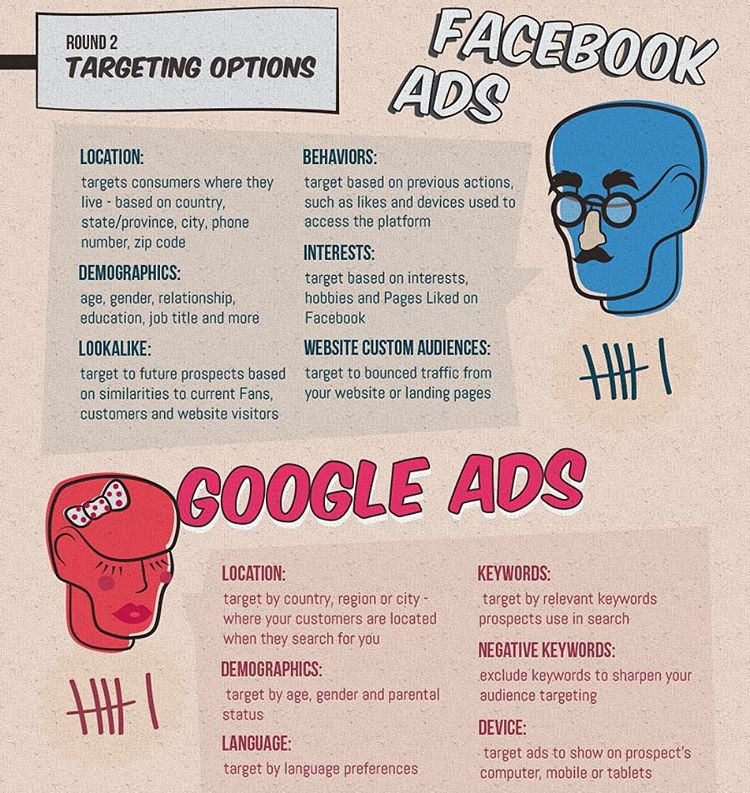With all the overnight millionaire success stories that we hear about online, you may have been tempted to try starting a business online.
After all, who wouldn’t want the lifestyle of being able to travel where ever, whenever you want, while making money while you sleep?
But, you probably figured that these overnight successes were the exception, not the norm – and you would be correct in thinking this.
However, you can start an online business without quitting your day job and make yourself some good money on the side – and who knows? Perhaps with diligence and commitment, you can grow it into a full-time, profitable business.
In light of this, we’ve decided to highlight the mistakes you’ll want to avoid and steps you must take, in order to keep your online business running long-term and create the foundation for success.
For this post, we won’t be discussing best products to sell etc. since these will change with time.
Instead, we will focus on evergreen, fundamental principles that will apply regardless of the industry you’re in.
1. Research the market and competition – or risk complete failure
Since the release of eCommerce platforms like Shopify and WordPress (WooCommerce), it’s now easier than ever to get started on a small budget.
Because of this, you’ll have plenty of competitors – both big and small. This is a good thing however, because it indicates that market demand exists in the product or service you wish to sell.
We also recommend you avoid starting with a brand new invention that has no competitors – without a tested product and market, there’s a very large chance that you will fail from the get-go. It is very difficult, time-consuming and expensive to market a brand new product (with no prior market or competition).
Devote 80% of your time to researching the market and competitors.
If you skip or skimp on this step, you can be sure to run into problems later in the future.
Research also gives you an overview of which products will do well in the market you have chosen.
Here are some fundamental questions you should be researching:
- What pain point(s) will you be solving for your market? This is a critical question – don’t focus on the product’s features, focus on what problems customers already have, and research how your product will solve this.
- Who are the “heavy” users of your product? I.e. who is most likely to buy often, buy a lot and are always be hungry for more products. Take note of their age band, gender, interests, which websites they visit, who they follow on social media etc.
- What are your competitors offering? Also research the strengths and weaknesses of their product (you may find a gap you can fill).
- What are the users saying? Check Amazon reviews, forums, Reddit etc. and take note of recurring themes and things people often say.
- What kind of advertising are your competitors using? It is important to know what kind of ads / messages competitors are using to sell their products. Not only will it give you an idea about what kind of advertising makes sales, it will also show you how you can also market your products. For example, you could see if they are running Google Adwords by typing in certain keywords (and take note of their Ad Copy), get on their email list, join their Facebook group etc.
- What are you really selling? This is a key question to ask as the answer isn’t as obvious as you’d think.
- People don’t buy products, they buy transformation. For example, a girl buys makeup not because it’s made of a certain chemical or uses a longer lasting, waterproof formula – they buy makeup because they want to look beautiful.
- A successful salesperson buys an expensive European car because of the prestige and envy it creates in their colleagues and friends.
- Once you’ve discovered the pain point your product will relieve for the customer, figure out the transformation this offers them.
This is by no means an exhaustive list, but it will lay the foundation for further research.
2. Validate your idea – the most cost-effective “insurance” for your business
Once you’ve done your research and you know your market and competitors extremely well, the next step is to validate your idea.
This basically means testing the “proof of concept” to see if you can actually make money with the product or market you have chosen.
Start with the most minimal amount of resources you need to sell one product to one customer.
Some people recommend selling your products to friends to validate your idea – but we disagree.
Getting your friends to buy is a good way to get a few reviews and feedback, but it is not a good way to validate your idea.
The goal is to get a complete stranger to buy and like your product since you cannot scale your business by selling to friends. The majority of your customers will be complete strangers, so it will be a more accurate “test” to see if you can get a cold sale.
To test our idea, we will be using a methodology called the “minimum viable product (MVP).” This stems from the software industry, but we can adapt this idea to other industries.
For our purposes, this means using the minimal amount of resources needed to generate one sale – so this means you only need 1 instance of your product, use a simple landing page (you don’t need a full-blown website for this) with just enough functionality to sell the product.
If you are selling digital products (such as eBooks), write a shorter, less-expensive version of it (perhaps just 1 chapter or a “special report”) and use this as your MVP.
Set yourself a specific budget you think you will need to sell this single product (including marketing/advertising budget). If you cannot sell the product within this budget, we recommend either taking a whole new approach or simply scrapping the product and moving on.
This does not mean you have to give up!
Simply go back to the researching stage and start looking for a different product. You don’t even need to change the market/industry, you simply need a new product to test and validate, until you make a sale within your budget.
We recommend you think of this process as your “education” – a course on learning real-world business in the online space.
This systematic process will guarantee you success in the long run, while teaching you much about online business and also keeping expenses reasonably low (since you are budgeting for each test).
Once you successfully make one sale, repeat the process. Try to sell three products, then five, then ten and so forth.
But you may be wondering – if I only prepared to sell one product, what should I do if I get more orders and people have to wait?
If this is the only worry you have, you can rest easy because you are already on the path to building an extremely successful online business. This is because you have proven that there is a large demand for your product and you have many paying customers.
Simply contact these customers, apologise and let them know that you’ve had a huge influx of orders and they will have to wait X days for their item. Then show your sincerity by offering to send them a bonus product and thank them for their patience – they will think highly of you if you do this (and are likely to purchase again from you).
3. Learn how to do paid advertising
You may be tempted to do SEO for your products or other “free” channels.
However, we recommend against this because SEO will usually take a very long time to bring into fruition (6 months or more) for competitive search terms. It is very time-consuming to build site authority and backlinks.
Instead, we recommend you invest some time in learning how to make paid advertising channels work. This includes Google Adwords, Facebook Ads, other PPC (pay per click) methods like banner ads etc.
This is because once you are able to make a single sale in a paid channel (while keeping ad costs low enough to profit), you can scale it up very quickly and bring in many paid customers.
Since you are side-hustling, you will most likely have to set the ads up yourself since you won’t have the budget to hire an expert – so we recommend picking a channel that works for your industry (you should know this from your research) and learning how to advertise. This will also involve learning how to do some basic copywriting as you will be writing the copy on your ads.
It will be well worth investing some time into developing your copywriting and advertising skills as it will directly correlate with your business’ success.
4. Dropshipping
We thought we should add a short section about dropshipping as it is currently a huge trend in eCommerce and is also an easy way to get your feet wet.
Dropshipping allows you to outsource products, shipping and fulfillment to another company so you only need to focus on getting buying customers.
When a sale is made on your website you will be paid by the customer, then shipping details will be sent to your supplier, who will then charge you for the product and shipping/fulfillment. The profit you make will be the difference between these two amounts.
The advantage to this is that you don’t need to keep any inventory or fulfill any of the orders. You simply need to focus on the front end (website, getting sales, advertising etc.).
The biggest disadvantage is that this usually means you will lose any competitive edge in terms of your Unique Selling Proposition because just about anyone can also start the same business and Dropship the same products.
So while Dropshipping isn’t a permanent, long-term solution in most cases, it is a good way to get your feet wet.
If you decide to use WooCommerce, we have a Dropshipping Plugin here that makes it easy to send order details to your supplier. We also have a selection of payment plugins that will help you get increased sales online.
5. Misc Tips
Lastly, we will leave you with some miscellaneous tips that are important enough to be in this post, but does not fall into the categories above:
- Price your products in a way that leaves enough profit to pay yourself for your hours and to reinvest back into the business.
- Don’t quit your day job until you are making a consistent profit each month. We recommend you have at least 3 months worth of funds saved up to cover operating expenses and your own living costs. This is so that if something unpredictable happens, you’ll have enough money in the bank to continue operating for the next 3 months.
- If your idea doesn’t succeed in the validation step, don’t be discouraged! If it was easy, everyone would do it and become instant millionaires – instead view the whole process as a journey. As you develop experience, you will surely succeed in the long-run as long as you keep a level head and make educated, prudent decisions!


